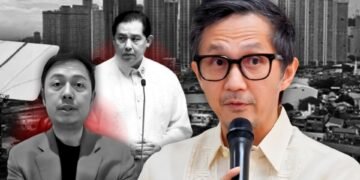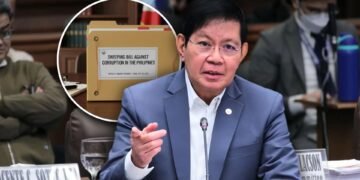Before any construction equipment rolls out for the long-awaited EDSA rehabilitation, President Ferdinand Marcos Jr. has one clear condition: a solid rerouting plan must be in place first.
During a sectoral meeting in Malacañang on June 4, the President emphasized the need to manage traffic before any rehabilitation work begins on Metro Manila’s busiest thoroughfare.
According to the Presidential Communications Office, Marcos directed the Department of Transportation (DOTr) and the Metropolitan Manila Development Authority (MMDA) to ensure the rerouting system is “clear and concrete” to minimize disruption for commuters and motorists.
“Hindi puwedeng simulan ‘yan kung walang plano kung saan dadaan ang sasakyan,” Marcos said, highlighting the need to avoid worsening Metro Manila’s already heavy traffic.
Why EDSA Needs Work
Originally built in the 1940s, EDSA is now among the most congested roads in the country. The DOTr has been pushing for its long-term rehabilitation and structural upgrades, noting that the road suffers from decades of wear and is ill-equipped to handle the volume of vehicles it currently bears.
Initial proposals involve rehabilitating entire segments of the highway, with sections potentially closing during construction. Without a detailed rerouting system, that could mean gridlock beyond Metro Manila’s usual rush hour woes.
The ball is now in the hands of the DOTr and MMDA. The agencies are expected to present a full traffic management and rerouting strategy, particularly for areas most affected by the rehab work.
MMDA Acting Chair Don Artes has previously acknowledged the challenge, saying that careful coordination with local governments and private developers is crucial. The government is also looking into leveraging alternate roads, improved traffic signal systems, and even public transport adjustments to absorb the diverted flow.
Big Picture: Traffic vs. Progress
This isn’t the first time infrastructure projects have bumped up against Metro Manila’s traffic reality. Past roadworks, like the Skyway extensions or MRT improvements, have sparked frustration among daily commuters, emphasizing the delicate balance between long-term progress and short-term inconvenience.
With EDSA serving as a central spine of urban mobility, the Marcos administration is aiming to avoid that kind of blowback. By holding off until a rerouting plan is ready, officials appear to be prioritizing strategic planning over speed—a move that could either ease or delay a much-needed upgrade.
For now, EDSA’s transformation is still in the planning stage. But one thing is clear: the government wants to get it right before moving forward.












